I know that brining is a unique cooking technique that you might not have heard of yet - so we've created this short, to-the-point guide to tell you everything you'll need to know.
You might have basted a turkey before, or at the very least heard of it, but brining, in contrast, is an equally delicious cooking technique that nobody talks about.
While basting keeps moisture within the turkey, brining gives you flavor and texture without the risk of your turkey drying out.

Brining is a fantastic way to get more flavor out of your turkey. Whether it's for Thanksgiving or Christmas or just a dinner together with family and friends on a typical weekday, brining is a sure way to infuse additional flavors that you might never have thought possible.
What is brining?
Brining is a technique which is a marinade that involves saltwater, which will change the meat down to a cellular level, allowing it to retain a lot more moisture and flavor as it cooks. In its simplest form, brining a turkey would involve mixing salt and water together in a large pan, and adding your turkey into this marinade, leaving it for 8-10 hours.
So that's it! Not so complicated? It really isn't, but it's important to note that this is just brining in its most basic form.
There are hundreds of different flavors and spices you can add to your brine to make your turkey taste different ways, but before we get into that, it's important to explain what exactly happens when you brine a turkey.
Brining a turkey works through osmosis - the process in which water passes through membranes from low solute areas to high solute areas.
To put it simply - water exchanges with the meat of the turkey so that they will both be as salty as one another. This is why it's a sure-fire way to get easy flavor infused into your bird.
How to wet brine a turkey (Step by Step)
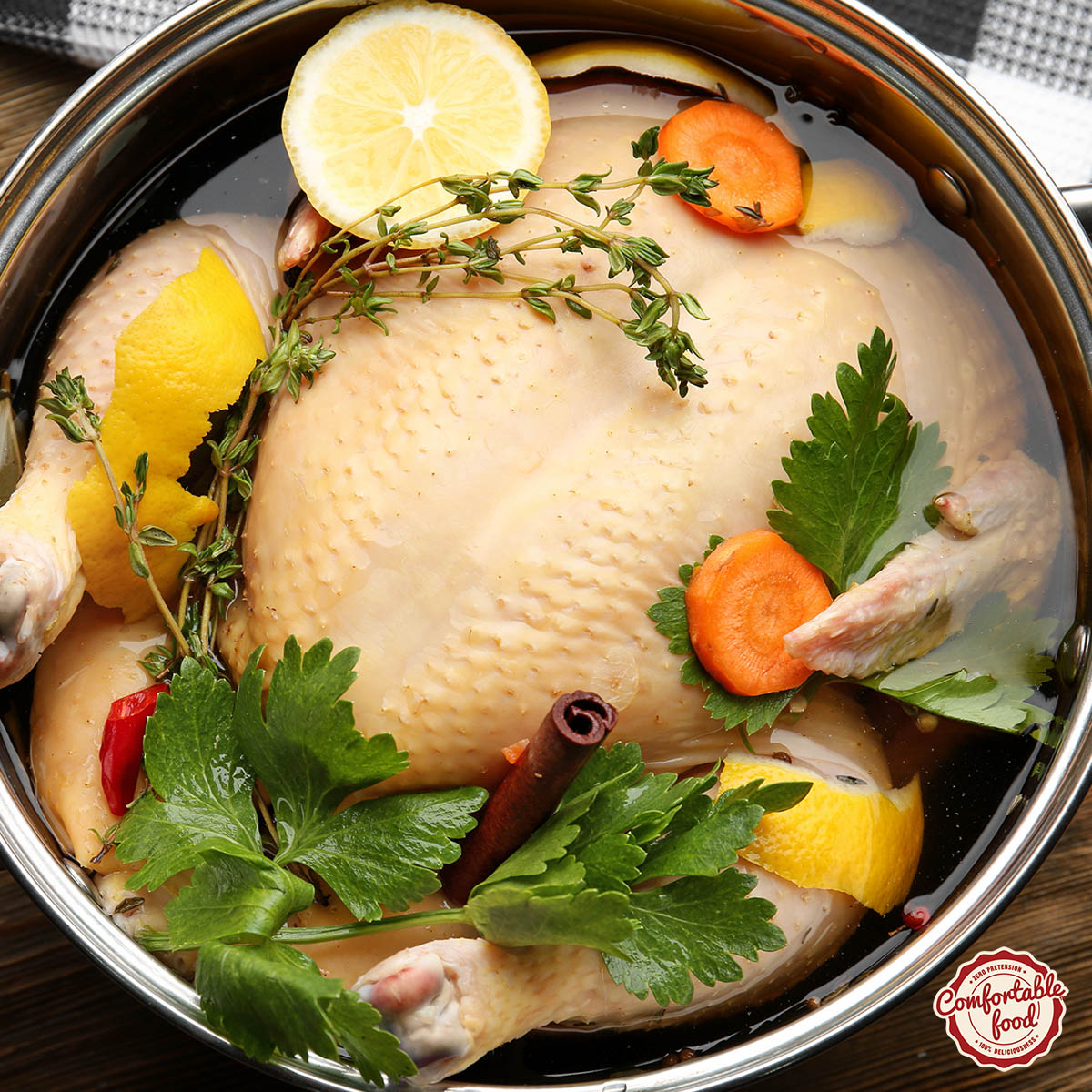
For this basic demonstration, we won't be instructing you to add any additional spices or flavors to your turkey, but we'll give you some suggestions so that you can add them yourself if you'd like. Below, in a later section, we'll outline some of the best additions you can add to your brine.
Step 1
Take a large cooking pot, big enough to fit the size of your bird. Pour 1 gallon of warm water into the pot and then three cups of salt. After this, stir, and then you're done with making your initial brine! Not too tricky, is it?
That said, here is the moment where you can add different spices or herbs.
The most popular to add to turkey brine are black pepper, shallots, garlic, tarragon, rosemary, or thyme.
However, it is important to note here that you can run the risk of adding too much flavor to the turkey and obscuring its natural flavor. We've found that less is often more, in this case!
Step 2
Lower your turkey into the brine and ensure that it is covered almost completely by the water. After this, you need to make sure that you refrigerate it and leave it in there for 8-10 hours.
Be careful not to leave it for too long. Else your turkey may lose some of its quality.
Step 3
This is the step where you can remove it from the water, ready to be cooked. It is very important at this point that you rinse the brine off of your turkey.
Don't worry! Doing this won't lose any of the flavors - as your turkey has been sitting in its brine marinade, the cellular process has already taken place.
Once your turkey is rinsed, dry it off with a paper towel because it's ready to be roasted! Make sure it's as dry as it can be before you put it in the oven.
And that's it! Brining a turkey really is as simple as that. It's one small thing you can do to prepare your bird, making it taste so much better.
That said, there are many more spices and herbs you can add to get the most out of this cooking technique - the next section was written to help you explore brining further!
Herbs and Spices
Here are some common brining herb and spice combinations that can bring your brined turkey to the next level.
- Salt - the salt you use when brining a turkey can make a difference! The most common salts used are sea salt or kosher salt, but people also use flaked or coarse salt.
- Pepper - we recommend adding pepper to almost any brine you choose to make. It's the natural pairing with anything salted, after all! Be cautious with how much pepper you add, though; you can add too much!
- Rosemary and Thyme - Rosemary and Thyme are classic pairings that we love to recommend in your brine. It will help to give your roasted turkey an earthy, aromatic taste.
- Garlic - Garlic is one of the ultimate additions you can make to any dish, and it works quite well in turkey brine. We would recommend some caution here, though; you don't want to add too much. Brining is already a technique that allows for a lot of moisture, don't overpower your turkey!
- Broth - if you want to add something else to your brine, you can add vegetable broth. This will give way to a whole host of new flavors and make your brine a lot thicker. While vegetable broth is excellent - we don't recommend chicken or any other kind of animal broth. You're making turkey, after all.
Frequently Asked Questions
How long should you brine turkey?
12-24 hours, the longer the better. However, even if you have a few hours before cooking your turkey, a brine will make a positive difference.
Do you rinse a turkey after brining?
YES - after wet or dry brining, you should RINSE your turkey. And I highly recommend patting your turkey dry after rinsing. This will ensure your turkey browns perfectly.
How much salt do I use to wet-brine a turkey?
For every 2 gallons of water add 2 cups of kosher salt or coarse sea salt. Just remember for every 2 gallons of water, 2 cups of salt. Easy right?
Is it better to wet brine or dry brine a turkey?
Wet brining a turkey will impart flavor through the entire turkey, while dry brining imparts flavor to the surface meat. Wet brines are often more subtle, allowing the turkey flavor to shine, while dry brines are richer and more intense.
Related Cooking How-tos
I love making comfort food recipes and sharing my experience and knowledge. Here are a few easy-to-follow cooking how-tos, perfect for anyone learning to cook.
Closing thoughts
We hope this short guide has taught you the basics of brining a turkey, as well as some of the best herbs and spices you can add to start experimenting and making
We hope this short guide has taught you the basics of brining a turkey, as well as some of the best herbs and spices you can add to start experimenting and making infusing delicious flavors.
Once you've created a simple brine, you can start to be more adventurous and create your own recipes!


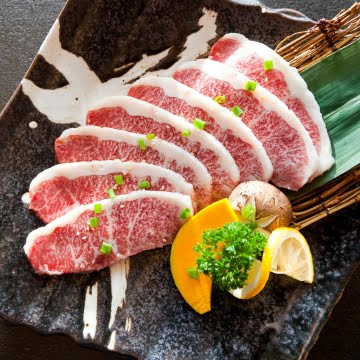
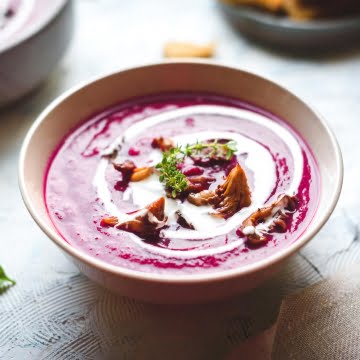
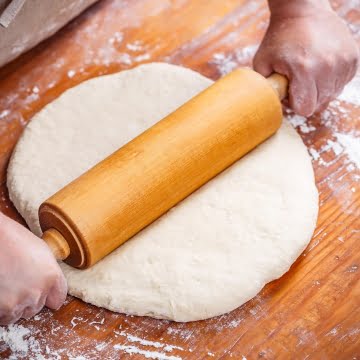
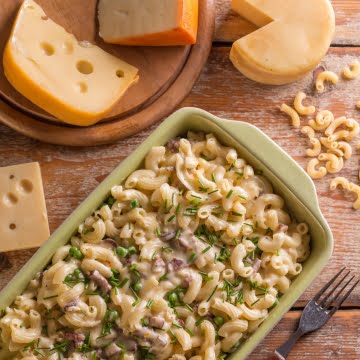
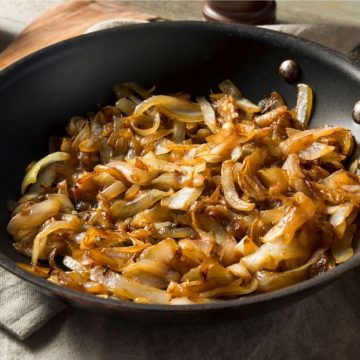

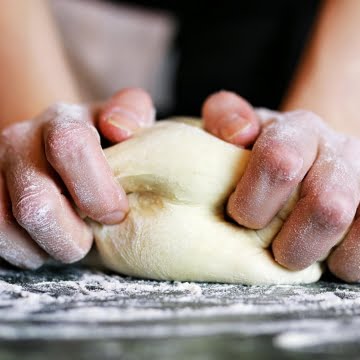
Lynn Anderson
Other brining recipes I've seen also have some sugar added to the brine. Pros or cons? What difference does sugar make? All other ingredients pretty much the same.